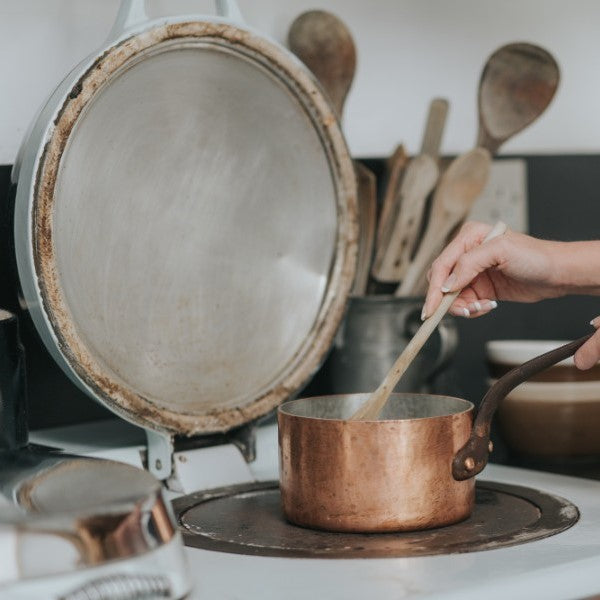The kitchen is a social space, a place people come together to enjoy a home-cooked meal or a cup of tea. Merging traditional interior design with home comforts, the Aga has survived the ages and continues to be popular worldwide. From children to parents alike, it offers a place to gather for food and warmth, or to simply take a moment to reflect while waiting for the kettle to boil.

The inventor of the Aga, Gustaf Dalen, was blinded by an acetylene chemical explosion in 1912 - the same year he won the Nobel Prize for Chemistry. Now stuck at home in Sweden and without sight, he began to realise just how big the demands of running a household were on his wife, and no doubt countless other women too all around the world. As a result, in 1922 he designed an all-in-one cooker/heater and laundry dryer to help reduce the pressure on his wife Elma by making her daily chores easier.
The secret to the Aga cooker's success is its heavy iron castings, which absorb and retain heat. This means food is cooked by radiant heat, not heated air as in most ovens, and consequently the food retains more moisture and flavour. It combines two large hotplates and two ovens in one unit, and it runs constantly at a steady temperature. From heating the home and drying clothes to cooking delicious meals, the Aga's we use today have an inherent practicality that has stood the test of time.

The name AGA itself stands for Aktiebolaget Gas Accumulator, the name of a Swedish company that invented a system of safe storage for the acetylene gas used in lighthouses. Aga’s are known for their longevity, with many cookers still operating after more than 50 years. In 2009, in conjunction with the Daily Telegraph and to celebrate the 300th anniversary of its foundry, AGA set up a competition to find the oldest cooker still in use. There were thousands of entries, but the winning cooker was installed in 1932 and belonged to the Hett family from Sussex.
Aga's demonstrates a perfect balance between style and substance. Whilst they take a bit of navigating to a novice, once you know your way around one you could never find something so simple and yet so functional.

With every scratch, stain, wear or tear, the household's personal history - the memories - build up and reverberate from the Aga. It's familiar and homely, something we gravitate towards regardless of whether we are cooking or not.
It's the little rituals we love the most; waking up in the morning and waiting for the kettle to come to a rolling boil is at the core of our morning routine. Caught up in the 'hustle' of modern-day life, toasting bread on the round wire toaster becomes something of a meditative process.



Leave a comment